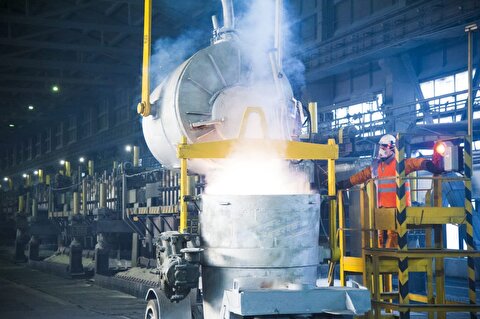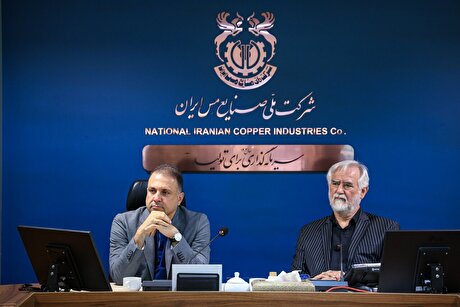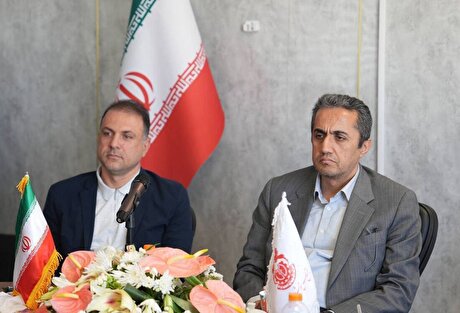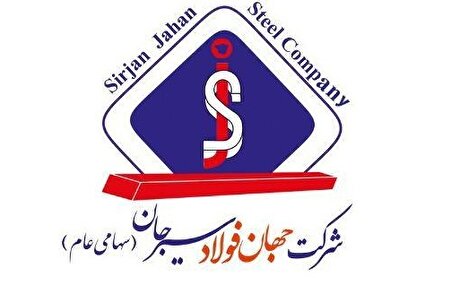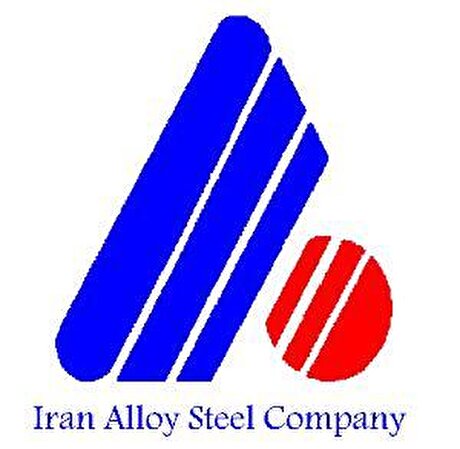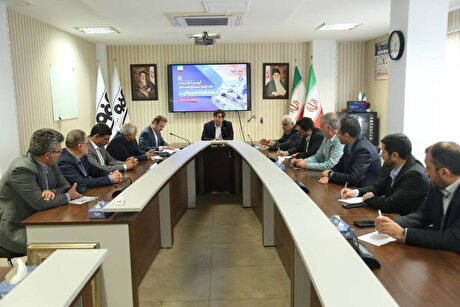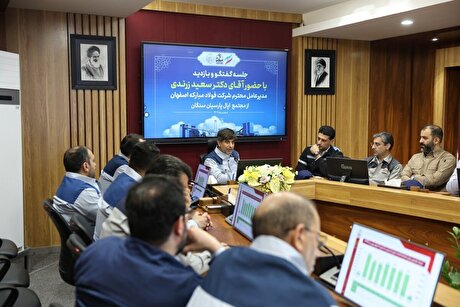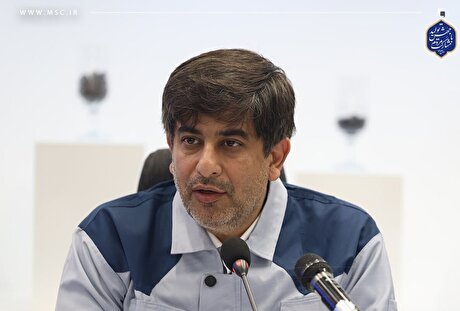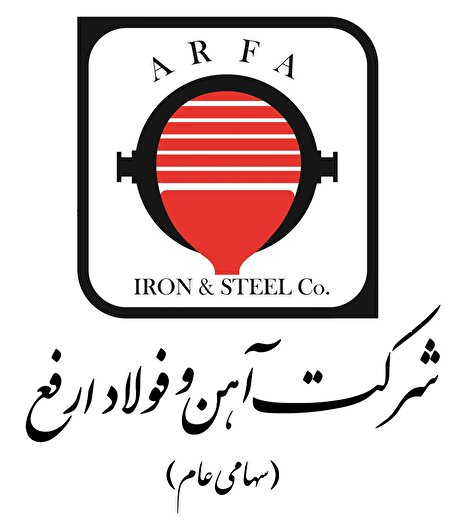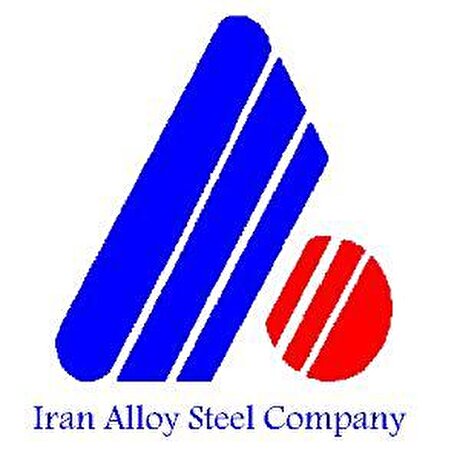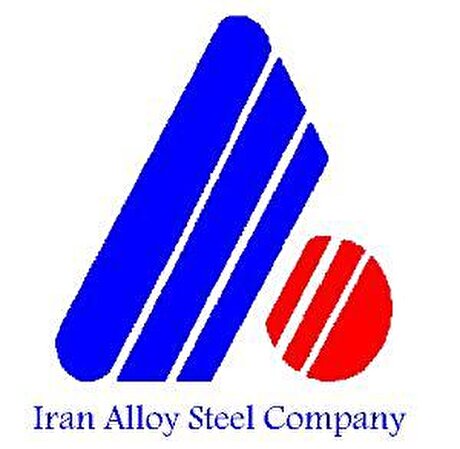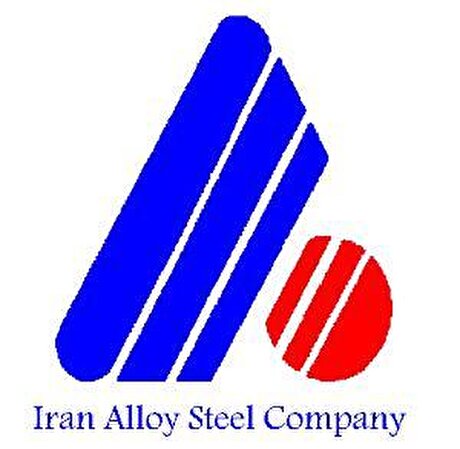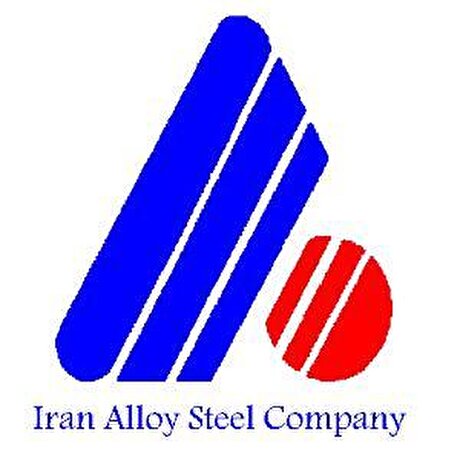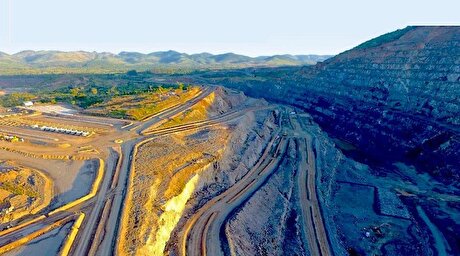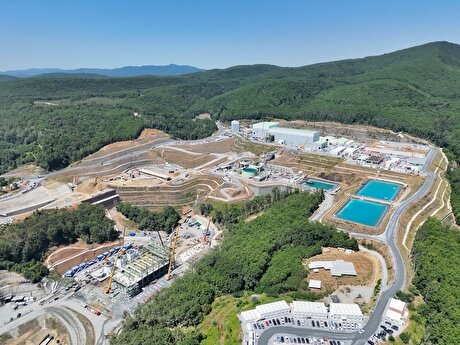
Rio Tinto's partner in Aussie copper project reports 'weak mineralization'
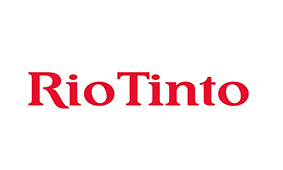
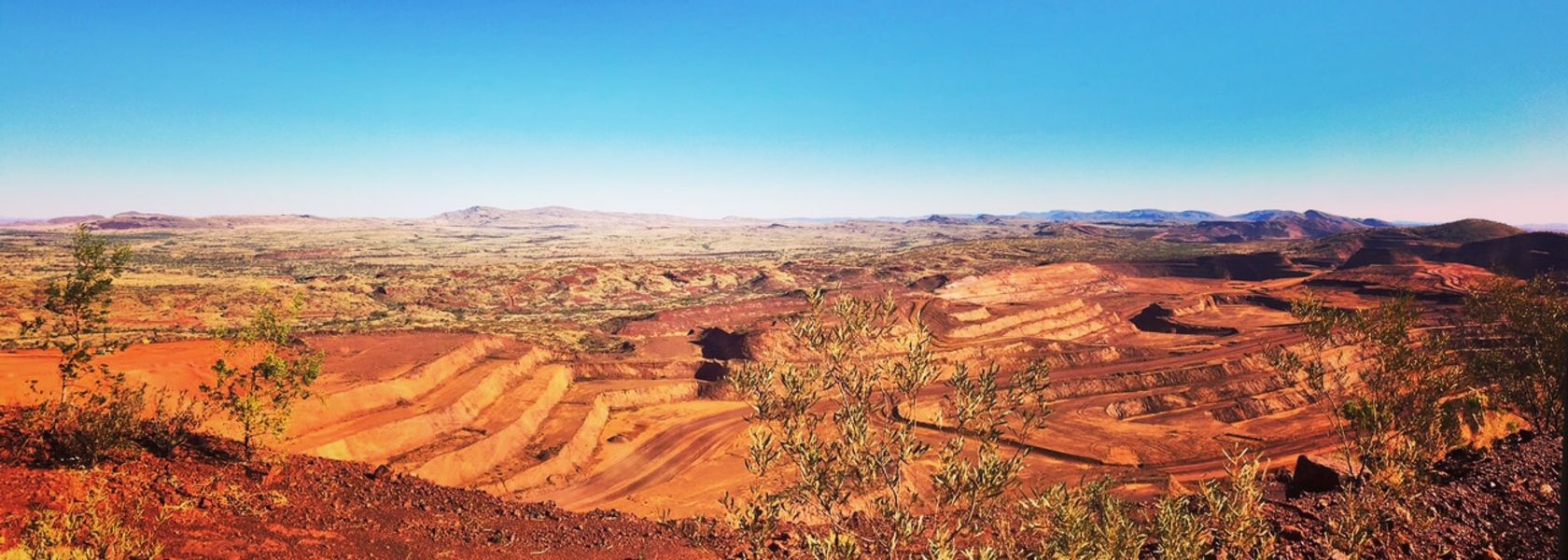
In an update Tuesday, the junior miner noted "weak mineralization" in the Folly target area that is part of the Citadel project, located in the Paterson province in a remote part of Western Australia’s Great Sandy Desert.
Antipa, which is also carrying out exploration activities on the North Telfer Project, located 40 km north of Newcrest’s world-class Telfer copper-gold-silver mine, noted that at this stage there was "no follow-up envisaged" for the Citadel project.
With partner Rio Tinto, Antipa sought to identify gold and copper mineralization at Citadel through the use of geophysical airborne electromagnetic (AEM) conductors. When kicking off the AEM survey in November, the companies both indicated they intended to follow up and test any targets they could identify in 2019.
Through an agreement inked in 2015, Rio has the right to earn up to 75% in Citadel after spending A$60 million (approximately $43m) in exploration over several years.
Citadel is not the only copper project Rio is looking at. The company has applied for nearly 30 exploration licences in the Paterson province, which is seen by many as a clear indicator of highly promising finds.
The Anglo-Australian group is also exploring Mongolia’s metals-rich Gobi desert, where it owns the vast Oyu Tolgoi copper-gold mine, scheduled to be operating by 2027.
Last year, Rio also applied for exploration permits in northern Chile’s Arica region. The firm already owns a minority stake in Escondida, the world’s largest copper mine, but the company doesn’t have its own operation in the country.
Copper rush
Rio is not the only miner on the quest for copper assets, a metal the industry sees as having one of the strongest outlooks. There are expectations that the electric-vehicle boom and demand for renewable energy will increase need for the metal.
The expected deficit will partly be a consequence of increasing demand for power generation (there are 300kg of copper in an electric bus and nine tonnes per windfarm megawatt).
But it’s also related to the fact that the current copper pipeline is at the lowest this century, both in terms of number and capacity.
“After delivery of Cobre Panama (with the main ramp early next year) we are left with a gap until we see the next batch of 200ktpa-plus projects in 2022-23,” Colin Hamilton, director of commodities research at BMO Capital Markets, said in April. “This is when the likes of Kamoa, Oyu Tolgoi Phase 2, and QB2 are likely to offer meaningful supply growth.”

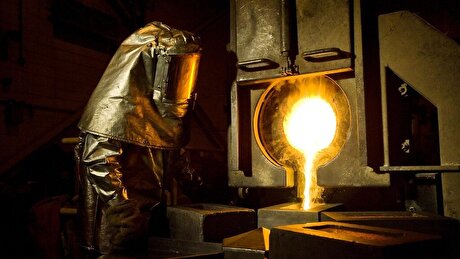
Newmont nets $100M payment related Akyem mine sale
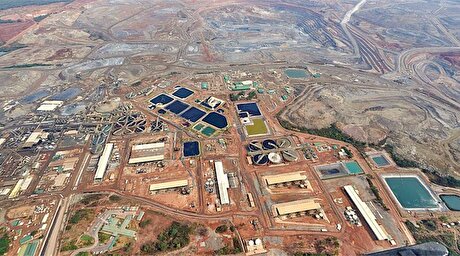
First Quantum scores $1B streaming deal with Royal Gold

Caterpillar sees US tariff hit of up to $1.5 billion this year
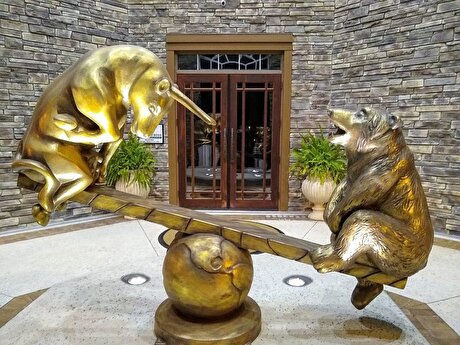
Gold price rebounds nearly 2% on US payrolls data
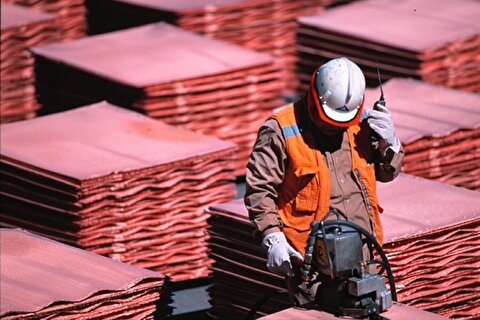
Copper price collapses by 20% as US excludes refined metal from tariffs
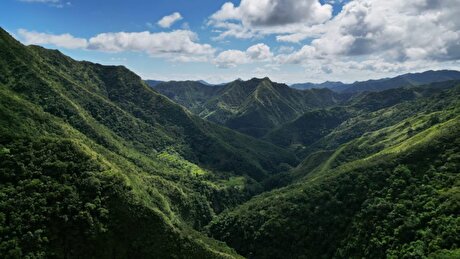
St Augustine PFS confirms ‘world-class’ potential of Kingking project with $4.2B value
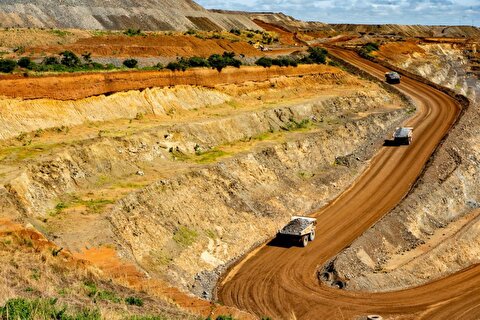
B2Gold gets Mali nod to start underground mining at Fekola
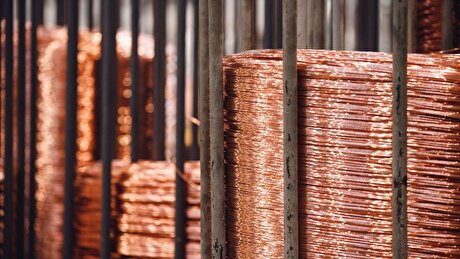
Goldman told clients to go long copper a day before price plunge
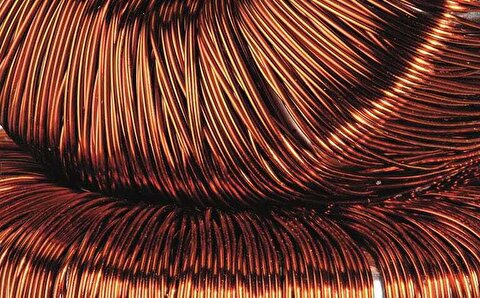
Copper price posts second weekly drop after Trump’s tariff surprise
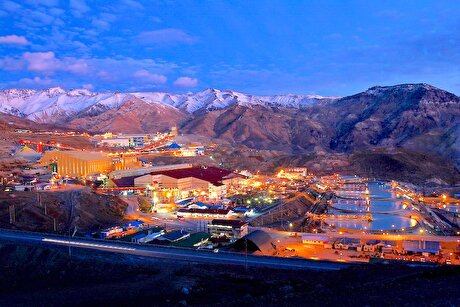
Codelco seeks restart at Chilean copper mine after collapse

US slaps tariffs on 1-kg, 100-oz gold bars: Financial Times
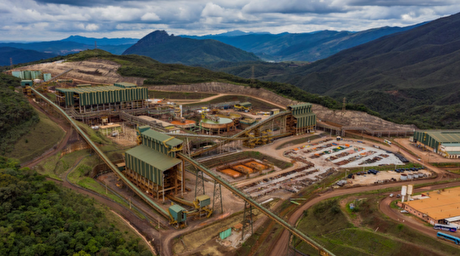
BHP, Vale offer $1.4 billion settlement in UK lawsuit over Brazil dam disaster, FT reports
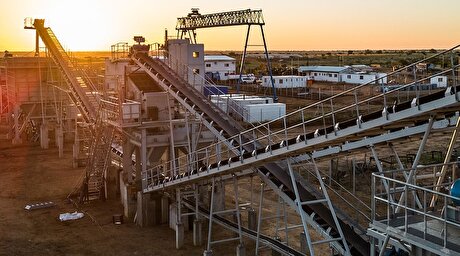
NextSource soars on Mitsubishi Chemical offtake deal
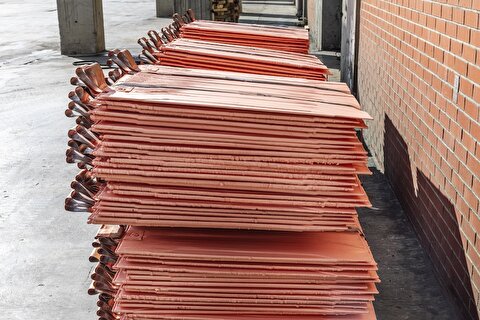
Copper price slips as unwinding of tariff trade boosts LME stockpiles
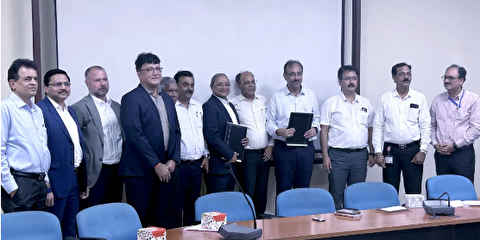
SAIL Bhilai Steel relies on Danieli proprietary technology to expand plate mill portfolio to higher steel grades
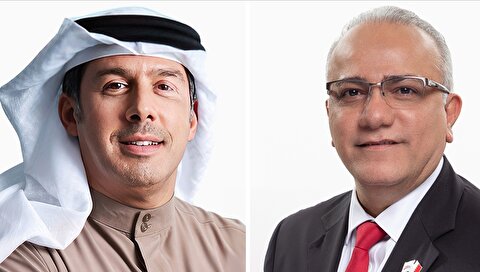
Alba Discloses its Financial Results for the Second Quarter and H1 of 2025
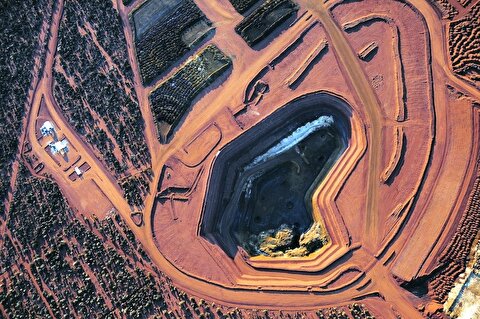
Australia weighs price floor for critical minerals, boosting rare earth miners
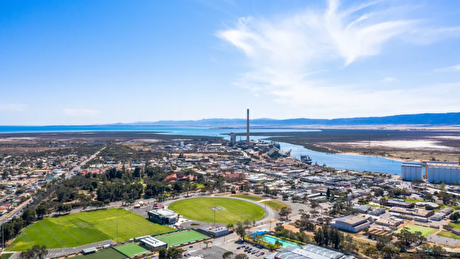
Australia pledges $87M to rescue Trafigura’s Nyrstar smelters in critical minerals push
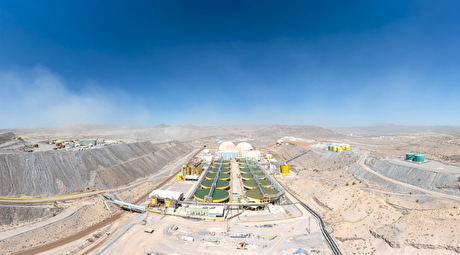
Fresnillo lifts gold forecast on strong first-half surge

US slaps tariffs on 1-kg, 100-oz gold bars: Financial Times

BHP, Vale offer $1.4 billion settlement in UK lawsuit over Brazil dam disaster, FT reports

NextSource soars on Mitsubishi Chemical offtake deal

Copper price slips as unwinding of tariff trade boosts LME stockpiles

SAIL Bhilai Steel relies on Danieli proprietary technology to expand plate mill portfolio to higher steel grades

Alba Discloses its Financial Results for the Second Quarter and H1 of 2025

Australia weighs price floor for critical minerals, boosting rare earth miners

Australia pledges $87M to rescue Trafigura’s Nyrstar smelters in critical minerals push

Fresnillo lifts gold forecast on strong first-half surge
